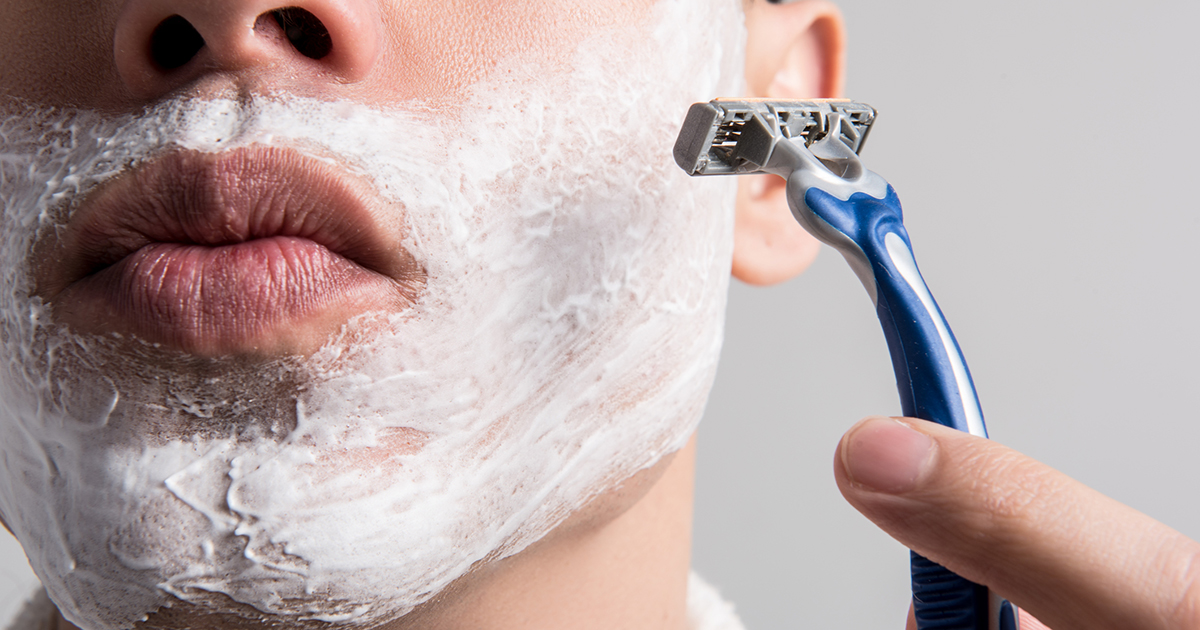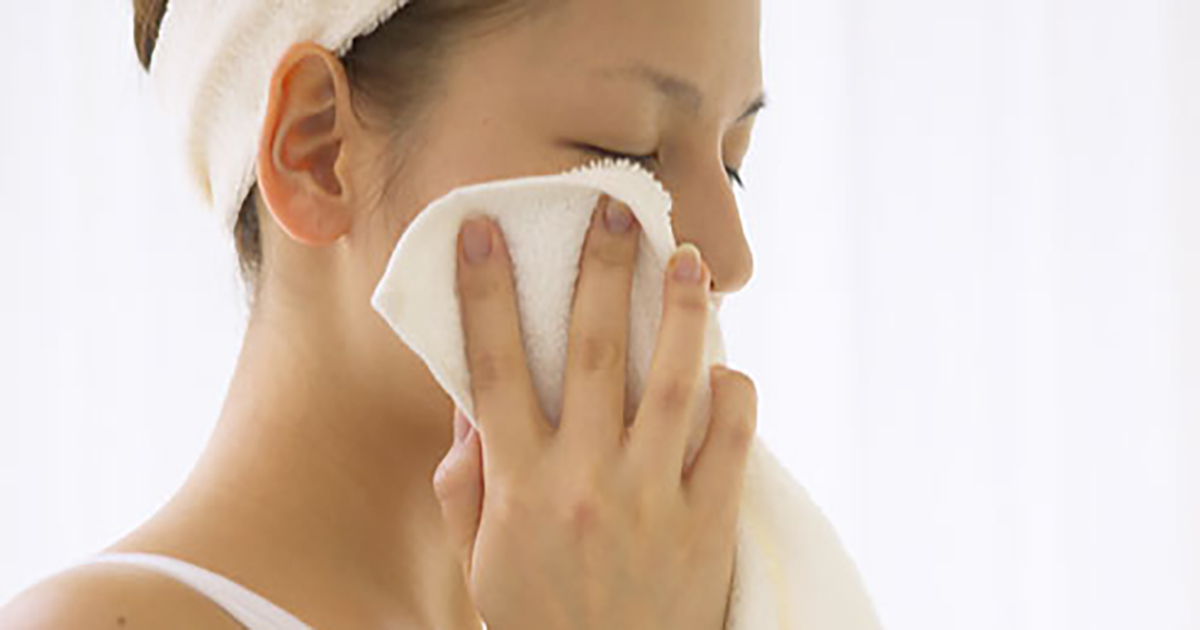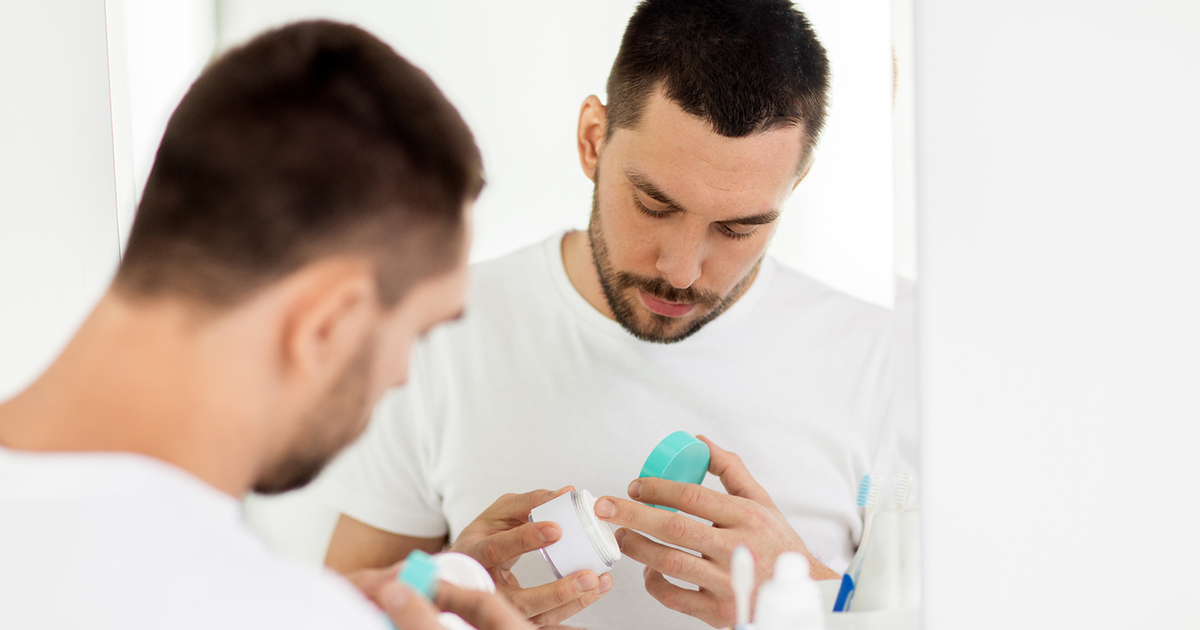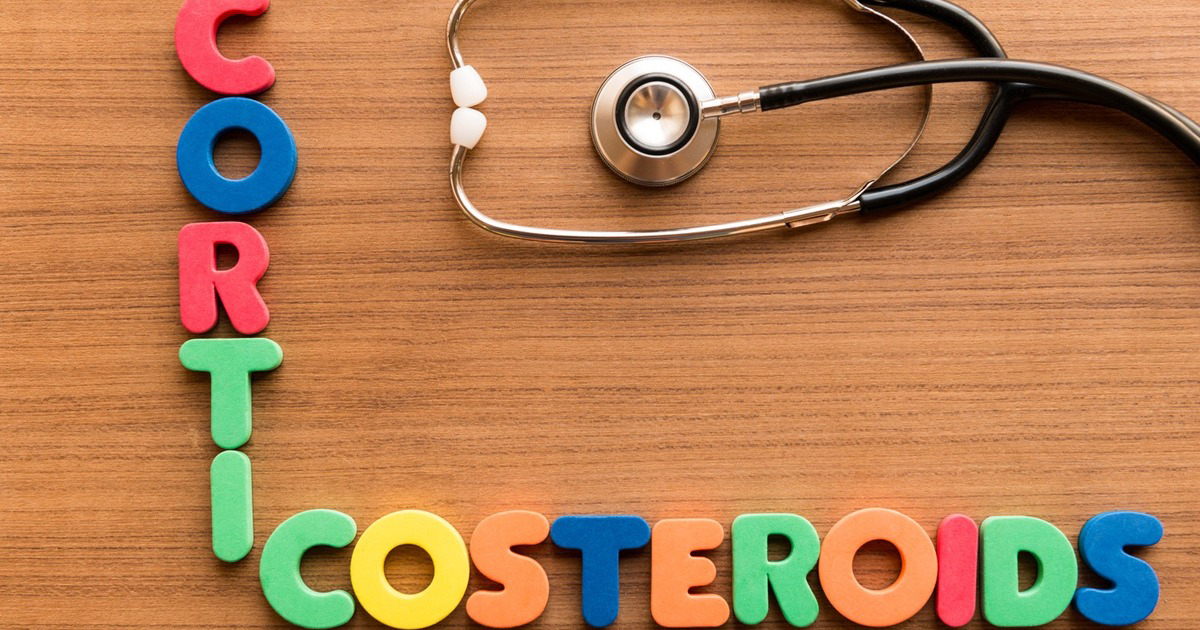How To Remove And Treat An Ingrown Hair
Ingrown hairs can happen to anyone. Although individuals with thick curly hair may be more prone to getting an ingrown hair, all hair types can suffer from it. Neither does it matter if you are not the type to exfoliate daily or have a much less rigorous hygiene routine than the model on the billboard. Everyone is prone to getting that small red bump that could turn into a puss-filled lump of pain. Once you realize you have an ingrown hair, how do you successfully remove and treat it? It's time to review the best ways to remove and then treat ingrown hairs as effectively as possible.
Stop Removing Hair In The Area

As stated, your hair type can make you more prone to getting ingrown hairs. If you have thick, course or even curly hair, odds are you will deal with ingrown hairs at some point, and perhaps multiple times. The most common areas for ingrown hairs are the face, underarms, chin, legs, and bikini area. They are caused by hairs that do not grow upward or outward in the direction they naturally grow in. Instead, ingrown hairs grow sideways, and at some point, they grow above the skin and then curl back under the skin. You want to stop removing hair in the area affected until you can remove the ingrown hair. If you shave, you cause the hairs to be sharp, possibly resulting in another ingrown hair.
Continue for the next way to help treat ingrown hairs now.
Apply A Warm Compress

Without scolding or burning yourself, before physically removing an ingrown hair, apply a warm compress to the affected area. Since shaving can cause the hair to be sharp, applying a warm compress will soften the hair. Soak a small face towel in comfortably warm water and press it onto the sore area of skin for three to four minutes. This should cause the hair to rise closer to the surface making it easier to pull out. The hair may pull out above the skin with the gentle circular motion of the towel. More than likely, however, tweezers will be necessary to pick up the hair and pull it loose above the skin.
Continue for the next tip on removing ingrown hairs.
Gently Remove The Hair

The ingrown hair can gently be removed using a few different methods. Previously, it was mentioned a warm towel that has been pressed against the affected skin area long enough could gently remove the hair from under the skin. If after the face towel has cooled down you still cannot see the hair closer to the skin surface, leave the towel on a little longer, such as ten minutes. Note, however, you may need to put more warm water on the towel to bring the temperature back up. Eventually, the hair should rise higher.
When the hair is visible at the surface, use a pair of tweezers to pull the hair out. You may need to gently work the hair out of the skin using a sterile needle or tweezers. Not all ingrown hairs should be plucked. If the bump is small, you can pluck it with ease. However, if the area of the bump is inflamed or infected, plucking the hair will damage the skin and hair follicle. It can also scar the skin.
Continue for more ways to remove and treat ingrown hairs.
Remove Any Dead Skin

Elements that can cause hair not to grow above the skin include skin cells, oils, and dirt. Oils and dirt can clog the skin pores, thus making it hard for the hair follicle to grow past the clogged pore. Exfoliating the area with the ingrown hair will remove any dead skin and clean out the pores. You can use an exfoliating glove or another exfoliator to scrub the skin gently. Exfoliating the skin once or twice a day will lessen your chances of getting an ingrown hair, but again, be sure not to scrub too hard. Rubbing the skin too hard will cause damage to the skin, such as a painful infection and further inflammation.
Continue to learn more about treating ingrown hairs with care.
Creams To Use

There are a variety of creams to use to help prevent ingrown hairs from occurring. Keep in mind healthier natural ingredients usually work best with your body. Of course, avoid any creams containing ingredients you know you have an allergy to. You will want cream ingredients that exfoliate, examples of which include raw sugar as well as glycolic and salicylic acid. You want to choose a cream that also hydrates, moisturizes, and repairs the skin. This benefit is found in vitamins B5 and E. In addition, be sure to select cream that will lessen inflammation and soothe the affected skin area. Ingredients like chamomile and allantoin are good for this.
Uncover another way to deal with an ingrown hair now.
Removal By A Doctor

Ingrown hairs are an extremely common occurrence, and while most of them will heal on their own, this is not always the case. If a pesky ingrown hair refuses to heal, the affected individual will need to seek treatment from a medical professional. Undergoing ingrown hair removal by a doctor is a very simple process. The doctor will make a small surgical cut directly on the skin affected by the problematic hair. This will open the skin and allow the ingrown hair to escape. This cut is so small patients will not any stitches to heal. It will also not leave a scar, so there is no reason for individuals to avoid getting an ingrown hair removed by a doctor should it become necessary.
Learn more about how to treat an ingrown hair effectively now.
Antibiotics For Infection

If an ingrown hair is allowed to stay trapped in the skin for an extended period, then it will likely become infected. This infection is the primary cause of most of the troublesome symptoms linked to an ingrown hair. The main signs of an infected ingrown hair are redness, inflammation, itching, and pain. Touching and scratching the skin near the ingrown hair is usually what causes the infection. The only way to get back to normal is to use antibiotics for the infection. Mild infections are treated with an antibiotic cream rubbed directly on the infected skin. If the infection is causing serious issues, patients will be prescribed antibiotic pills.
Get more details on the ways to treat an ingrown hair now.
Try Using Retinoids

One of the first steps to treating and preventing ingrown hairs is removing the dead cells from the skin, as these dead skin cells have a tendency to clog the hair follicles. This prevents the hair from growing properly, which ultimately leads to an ingrown hair. The doctor will have patients try using retinoids if they believe dead skin cells are contributing to their ingrown hair problems. Retinoids primarily consist of vitamin A compounds, and they are used in medicine to help promote the growth of new skin cells. Once the body starts growing new skin cells, the dead cells will naturally be removed. The retinoids will also be able to help treat any skin pigmentation issues caused by the ingrown hair.
Continue reading to reveal more options for managing an ingrown hair now.
Try A Topical Steroid

Inflammation and redness are the two symptoms ingrown hair patients complain about the most. Everyone is embarrassed about walking in public with a bright red sore on their body. Doctors will have patients try a topical steroid if they are looking to soothe the skin surrounding their ingrown hair. This medication is usually prescribed as a skin cream. All patients have to do is rub the cream on their inflamed skin at various times throughout the day. It will not take very long for steroids to start reducing the inflammation ingrown hairs cause. The medicine should also help eliminate any itchiness or irritation on the skin.